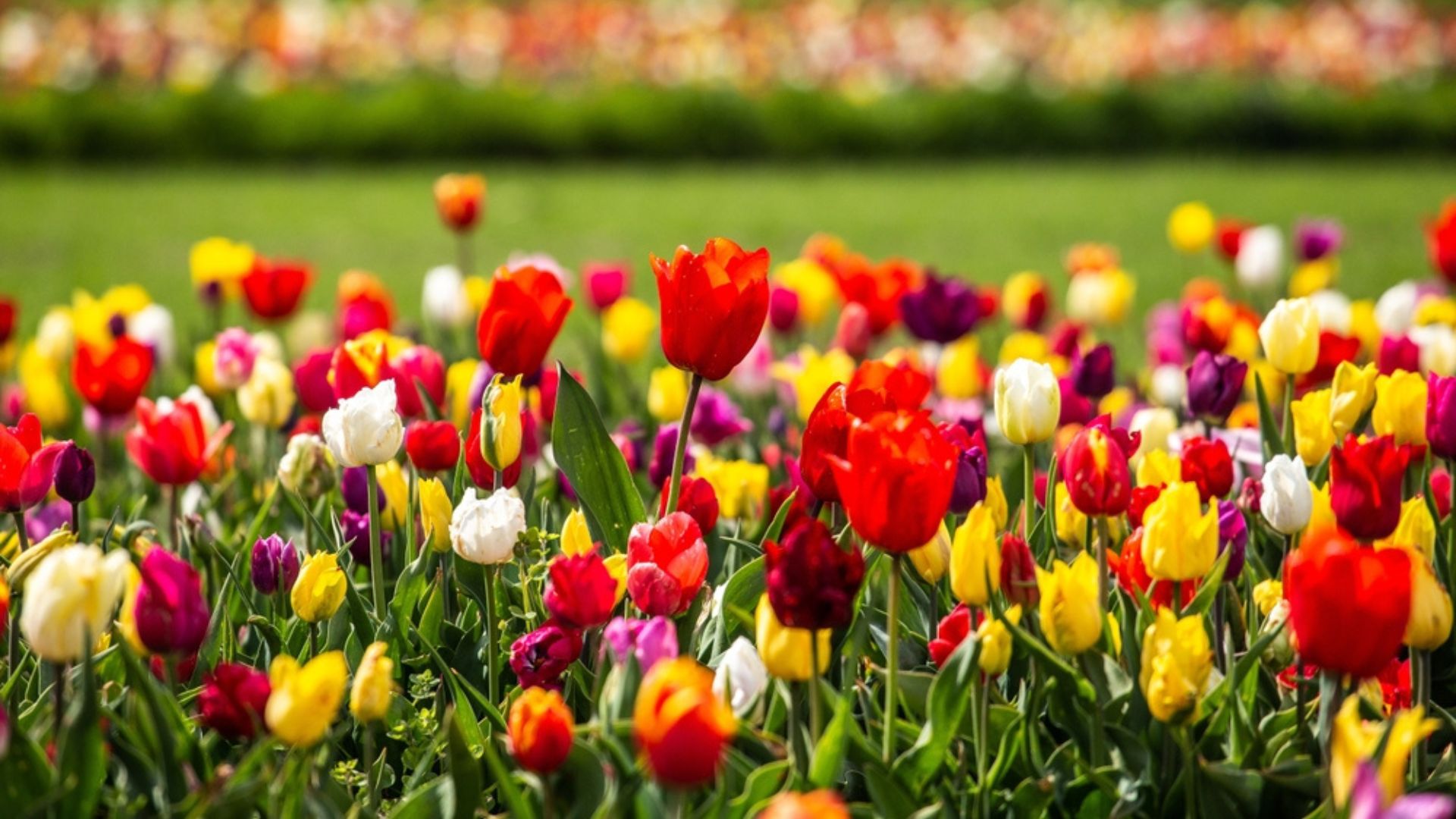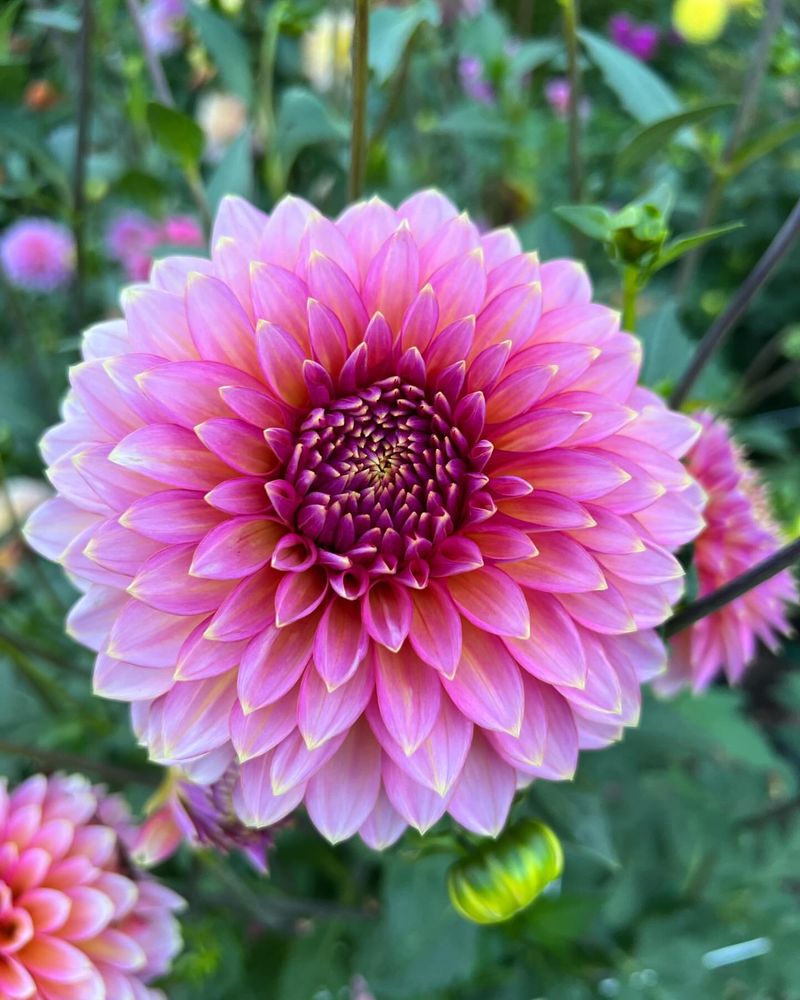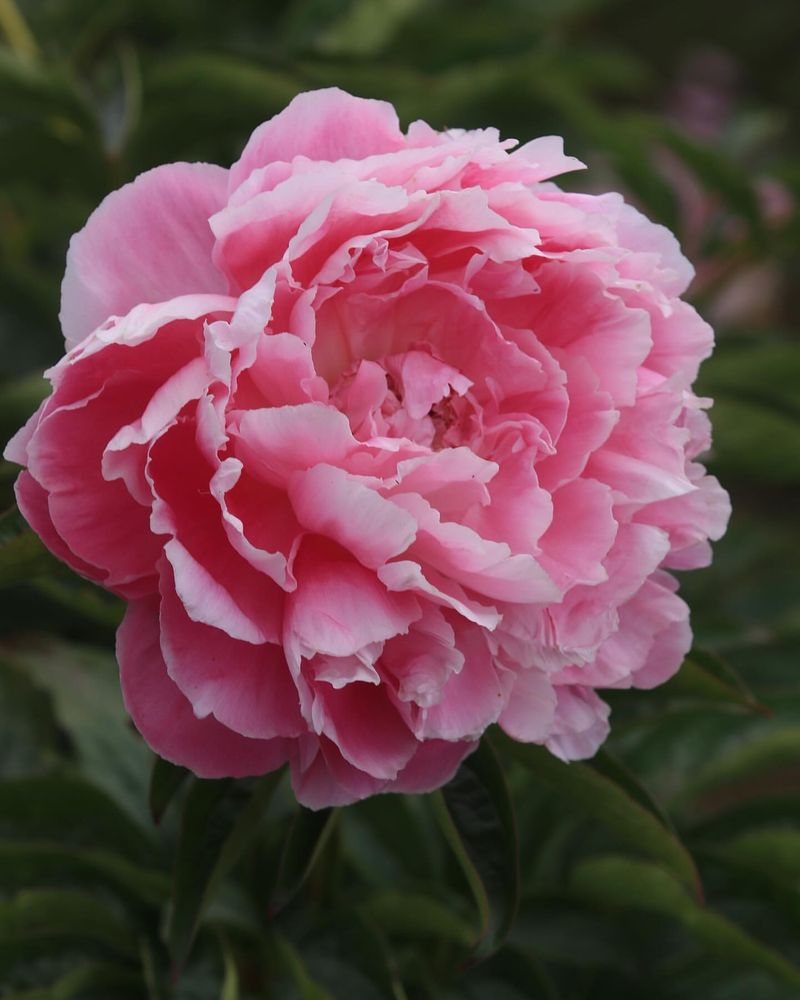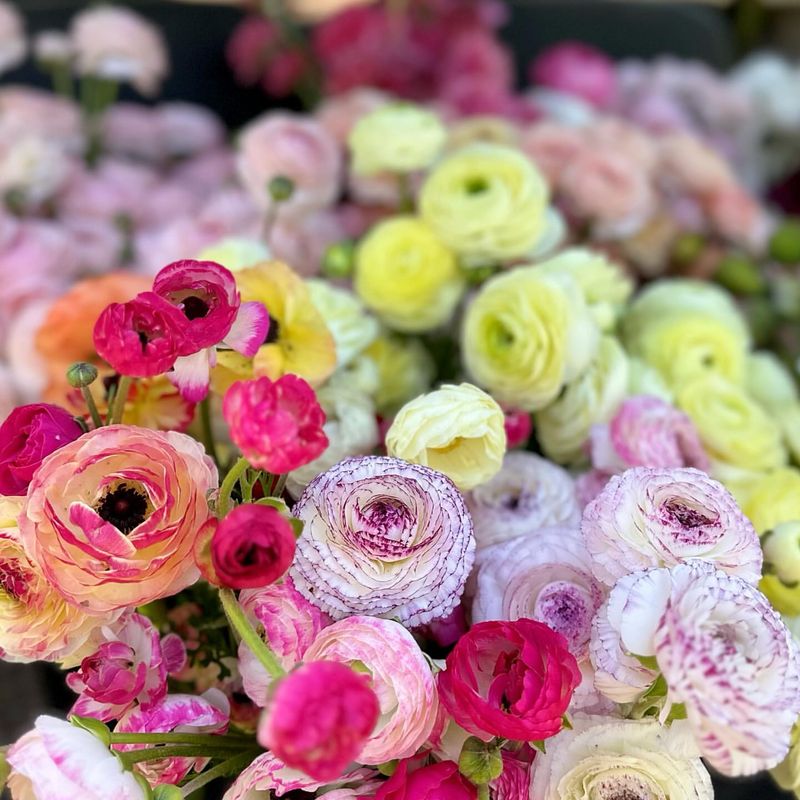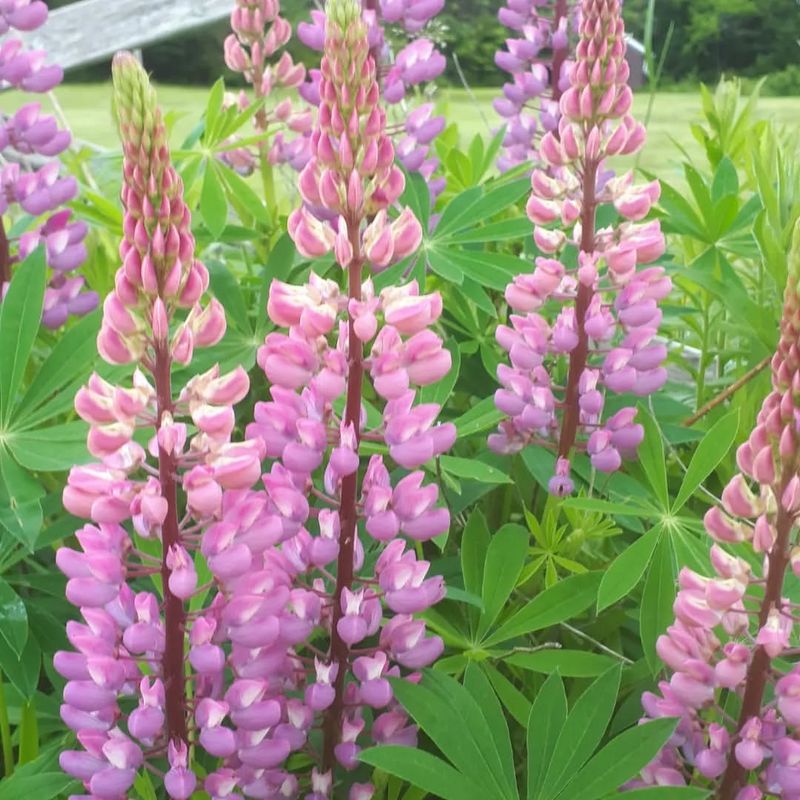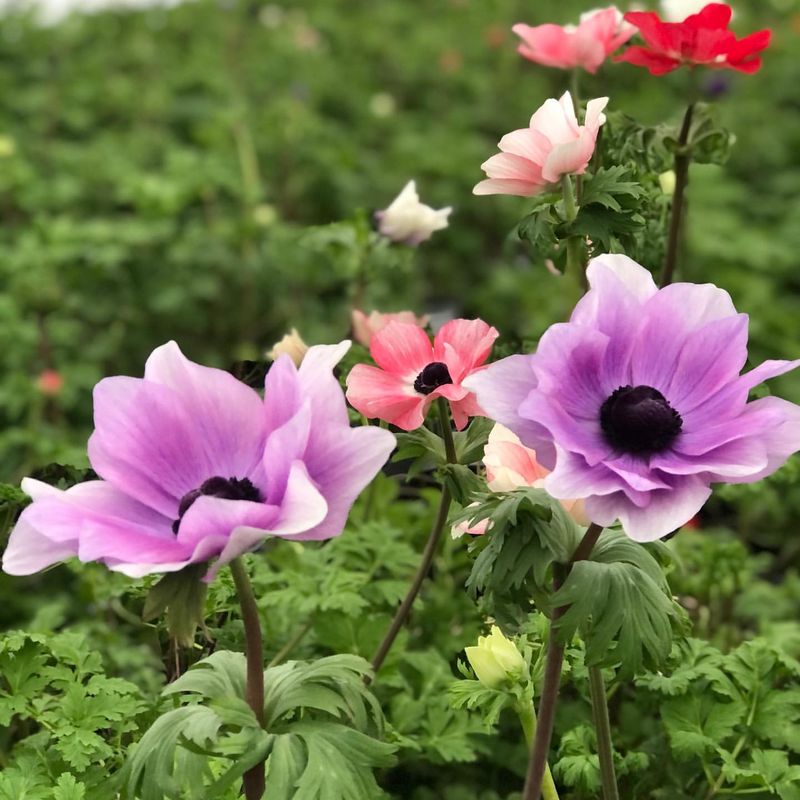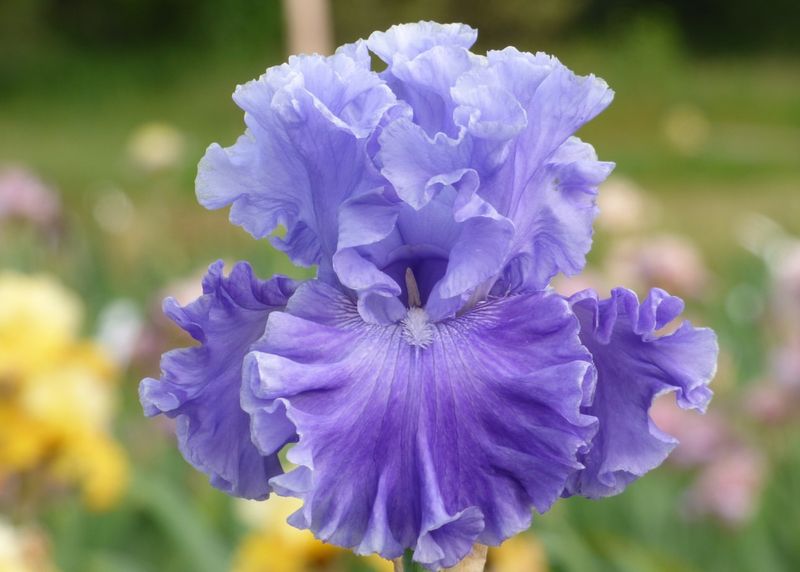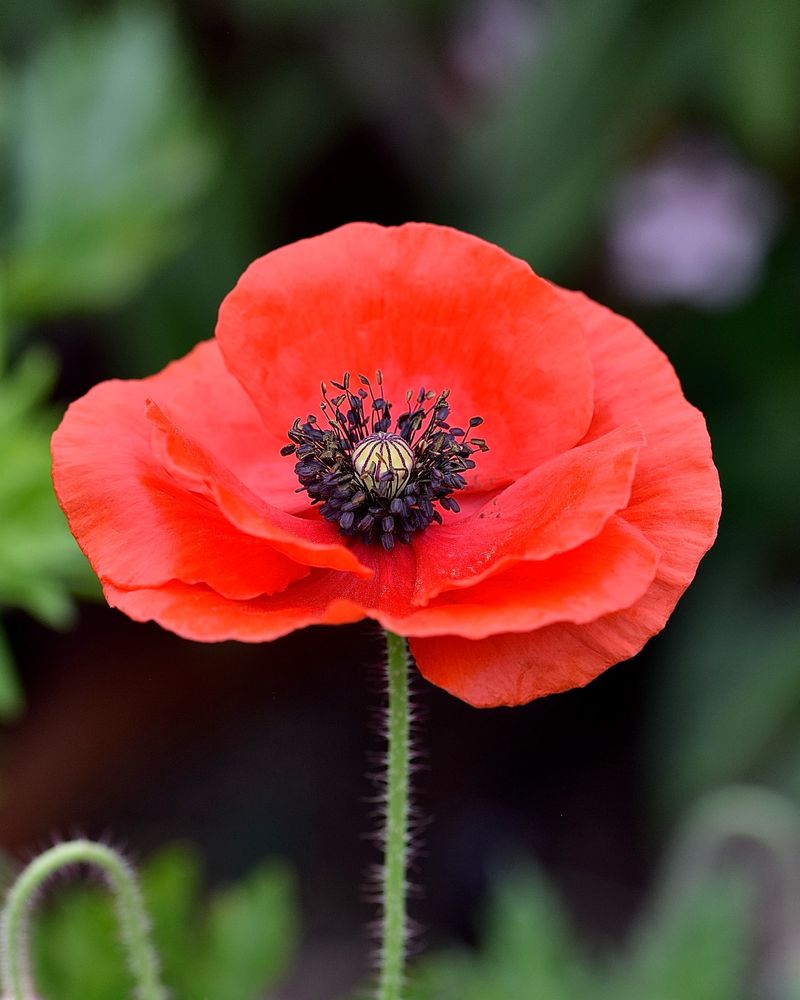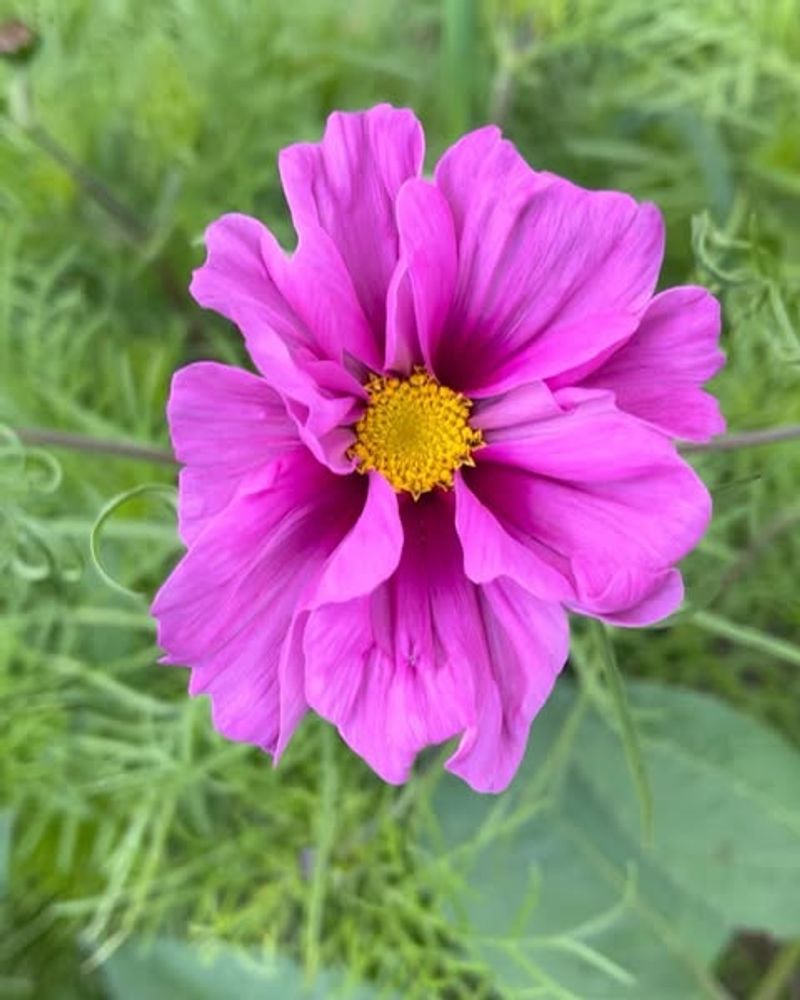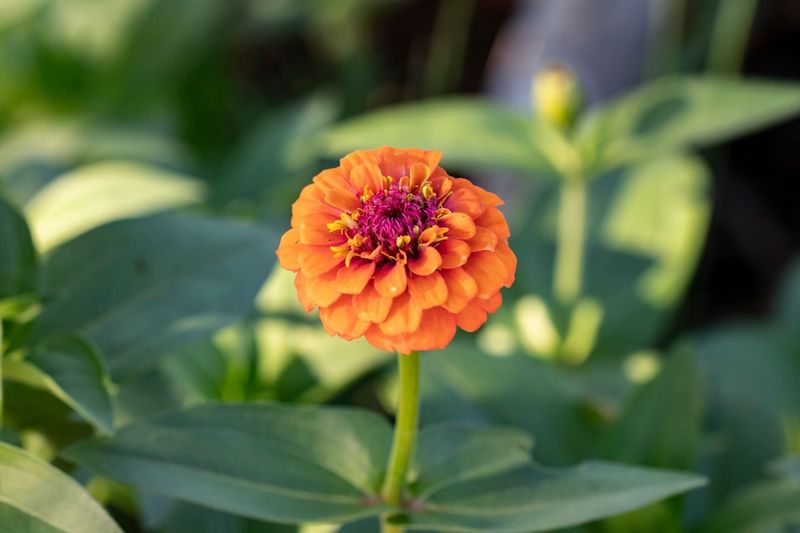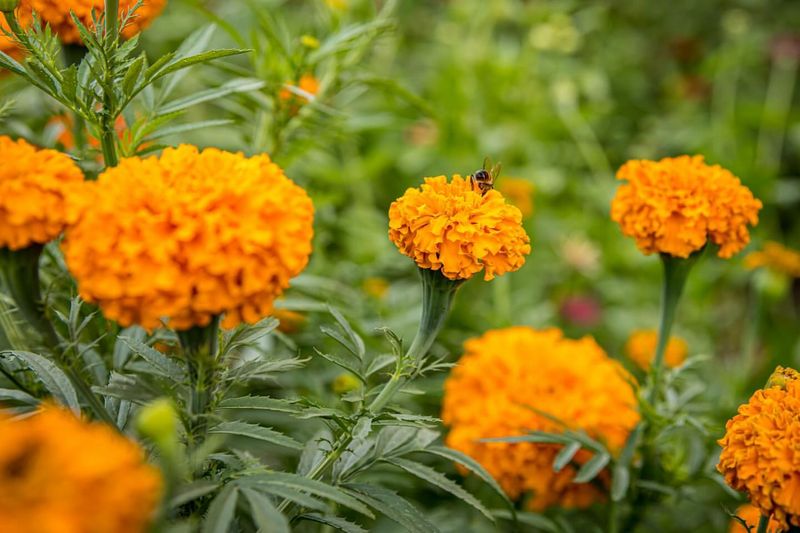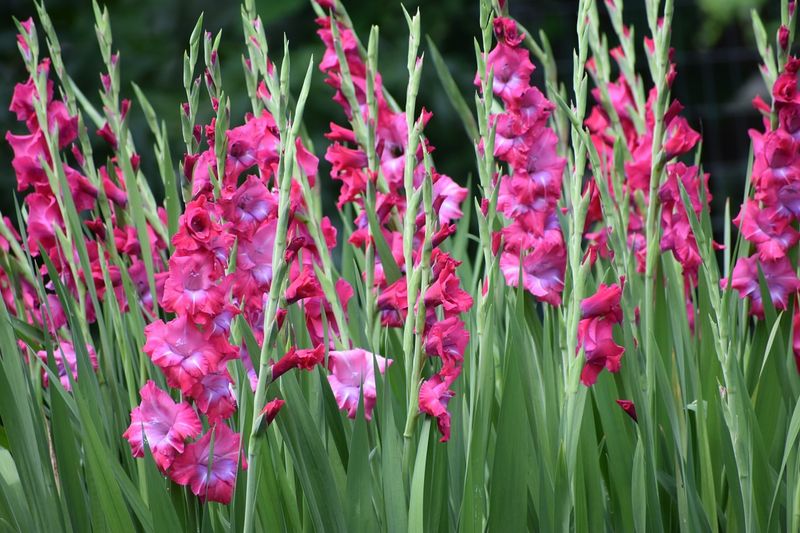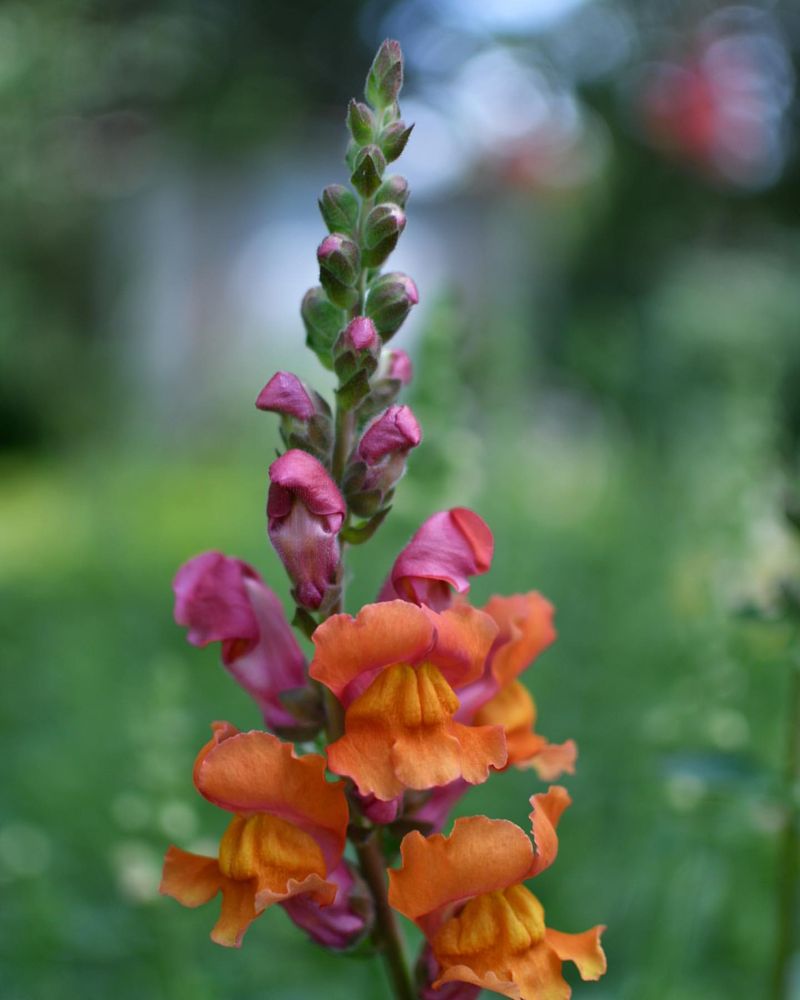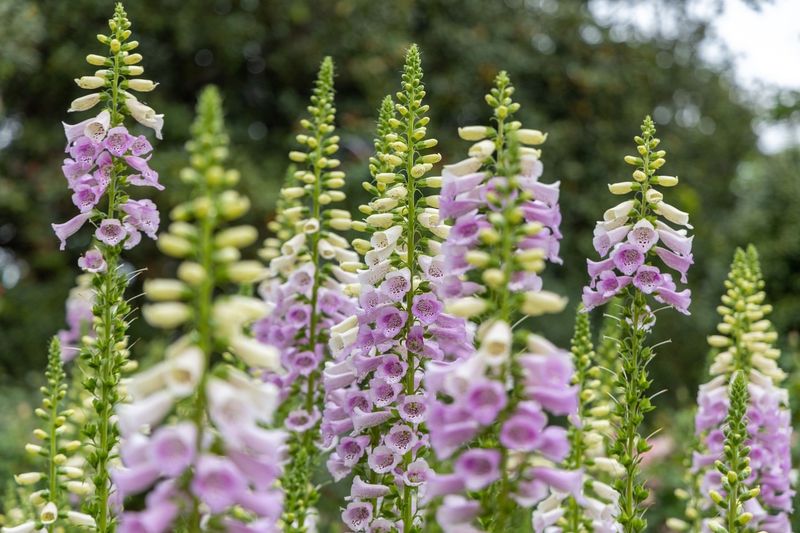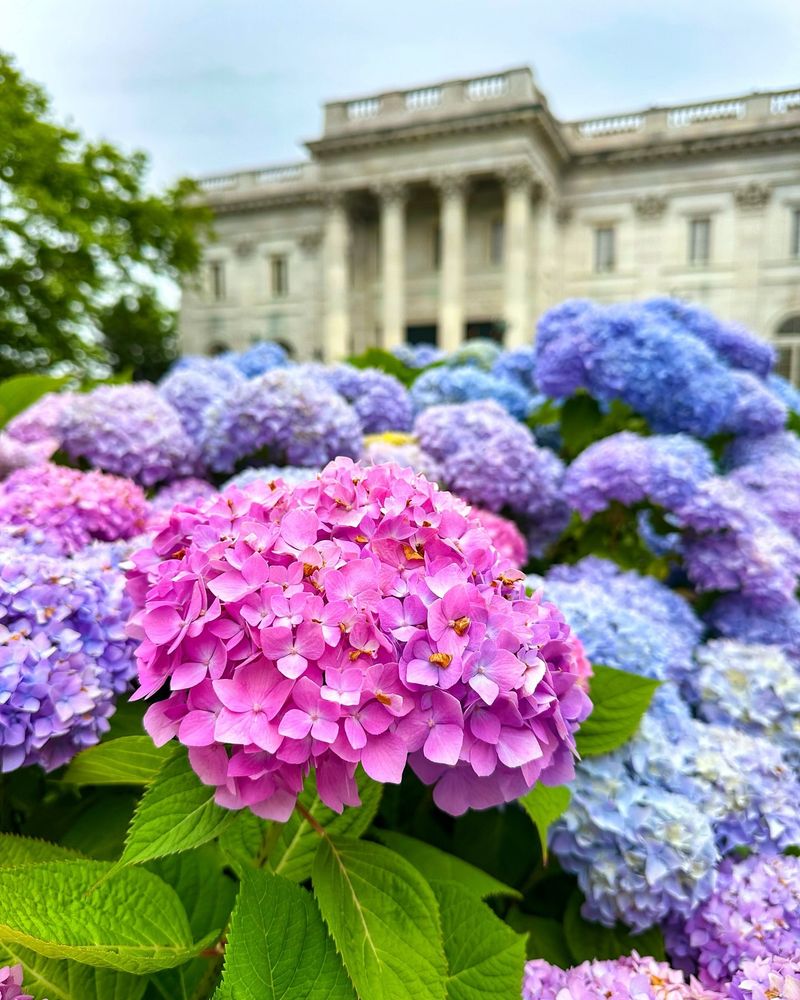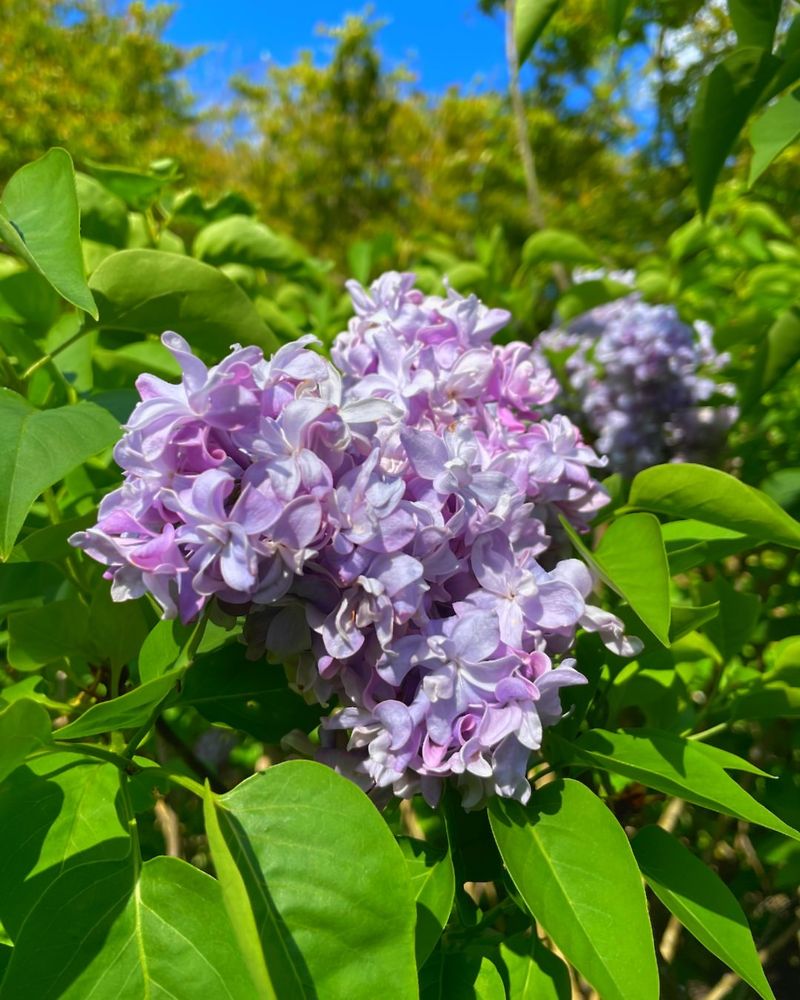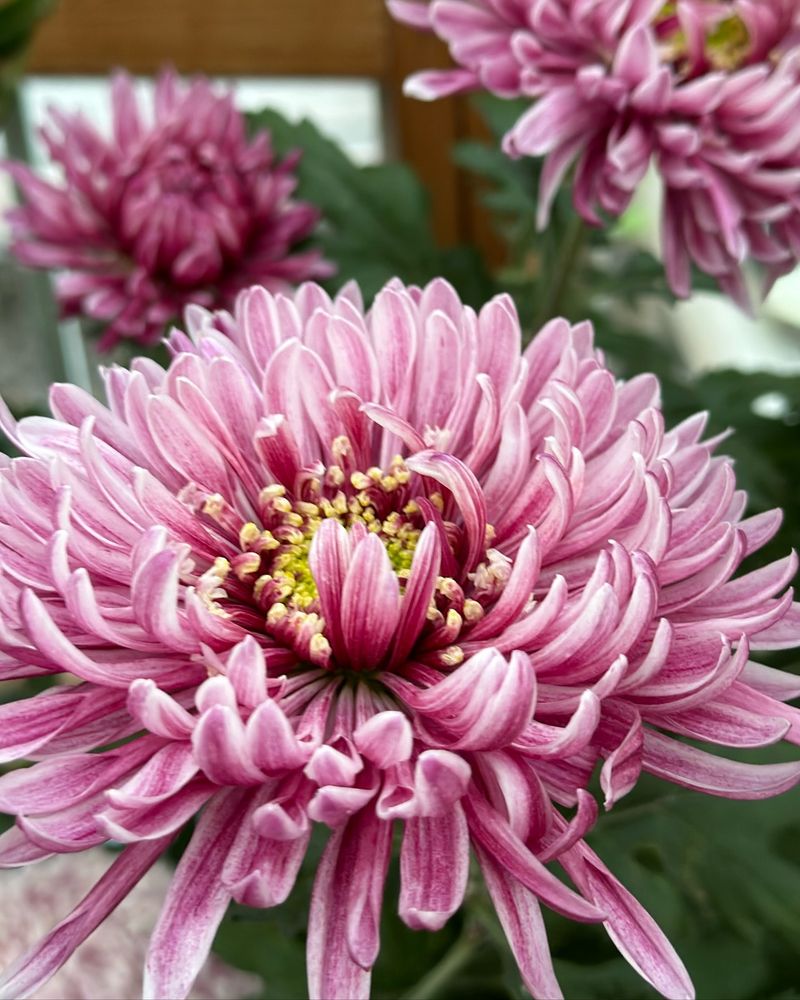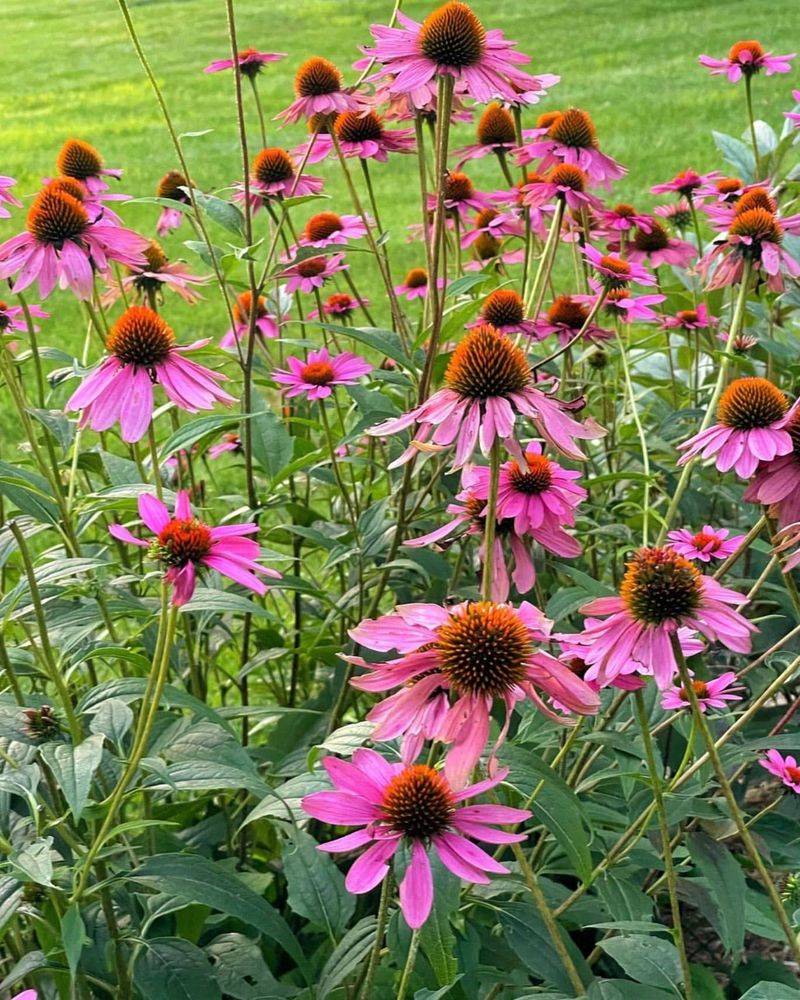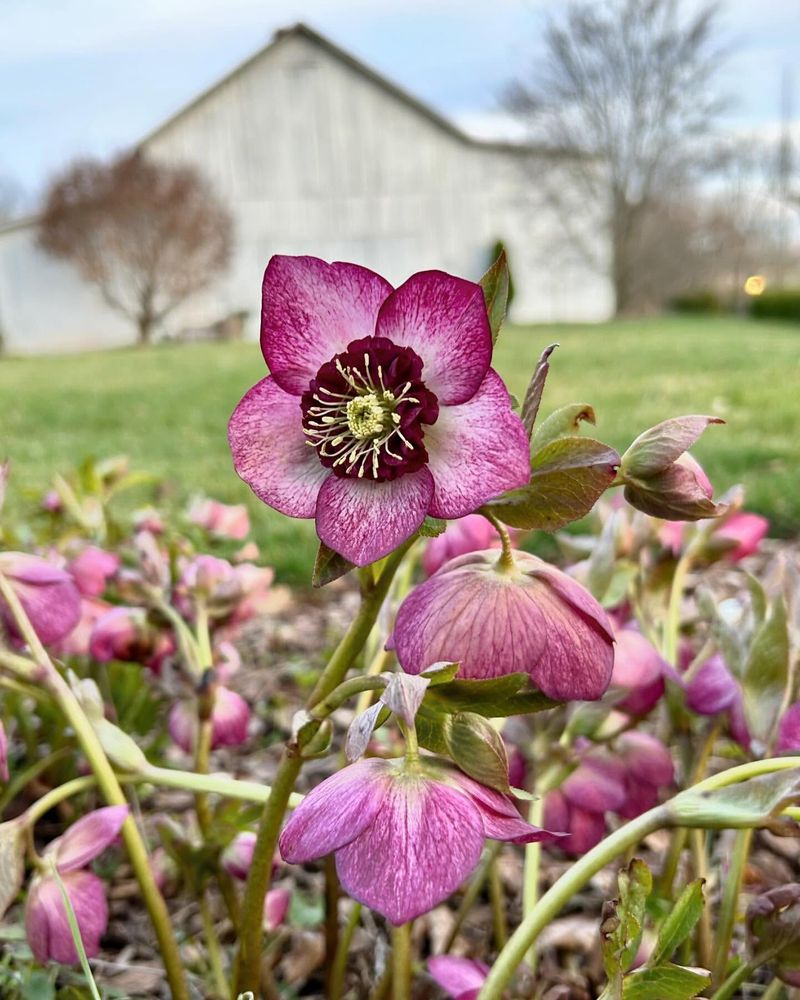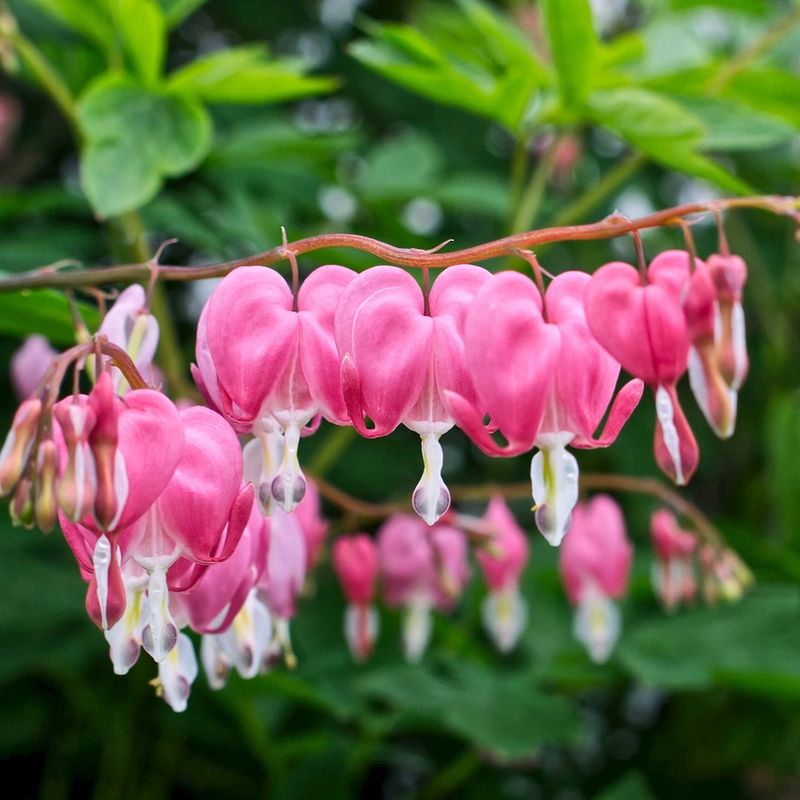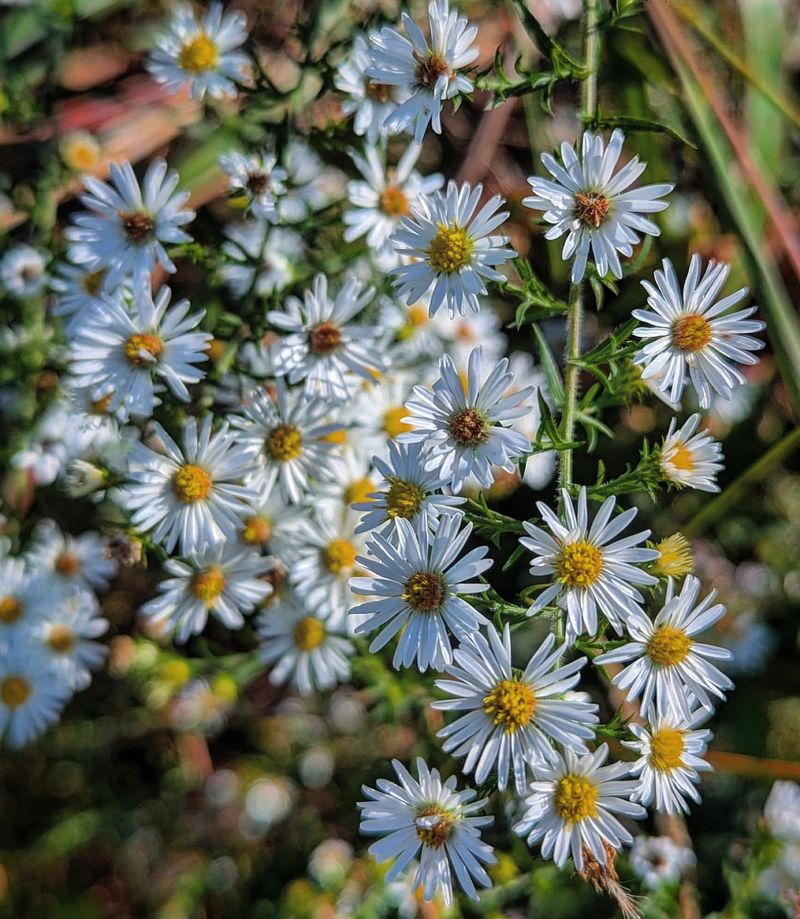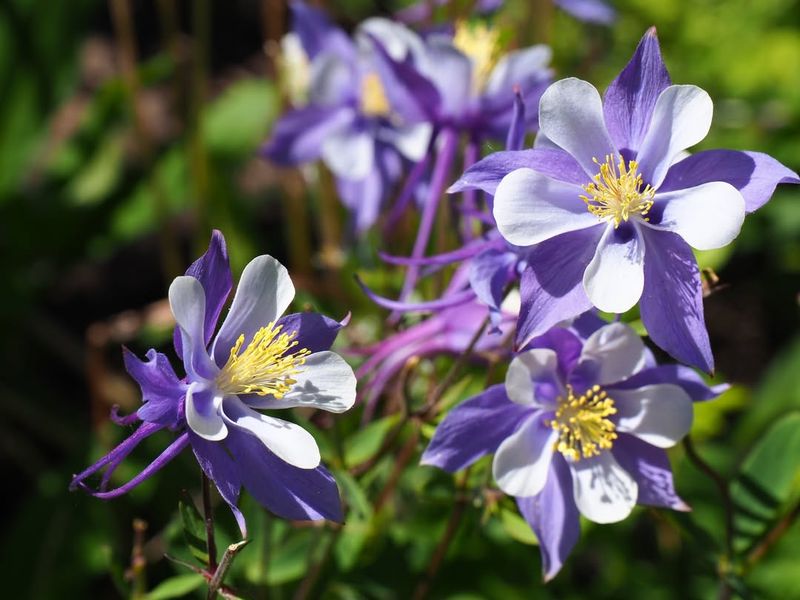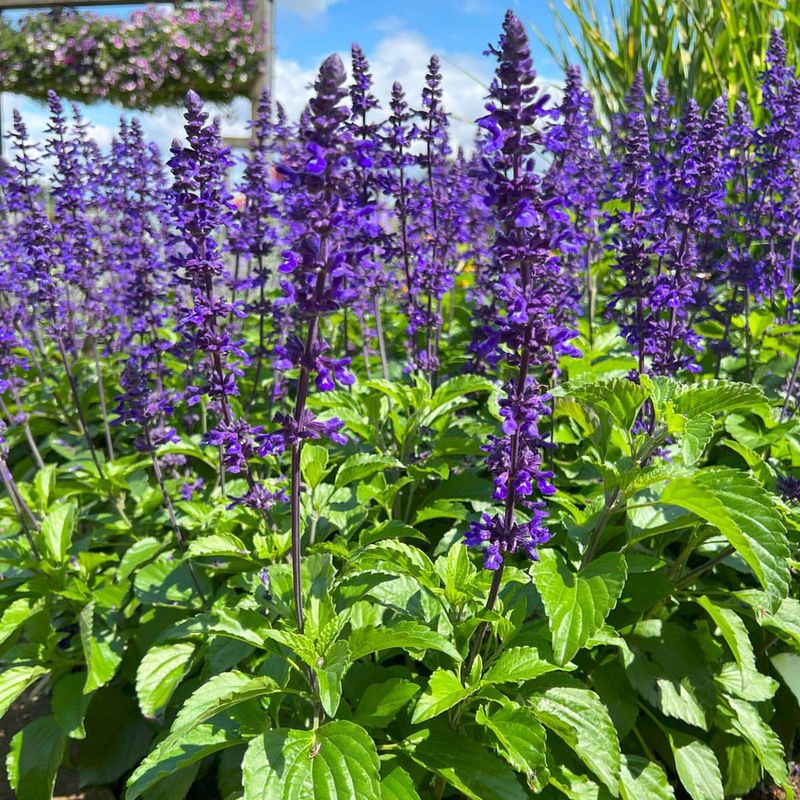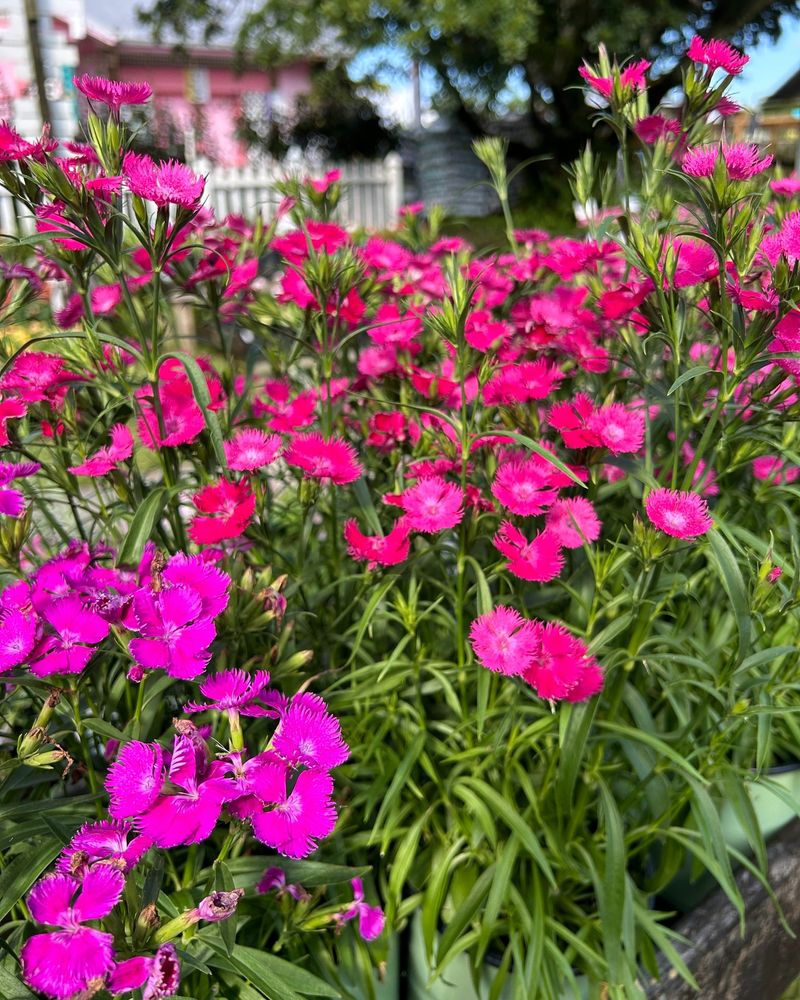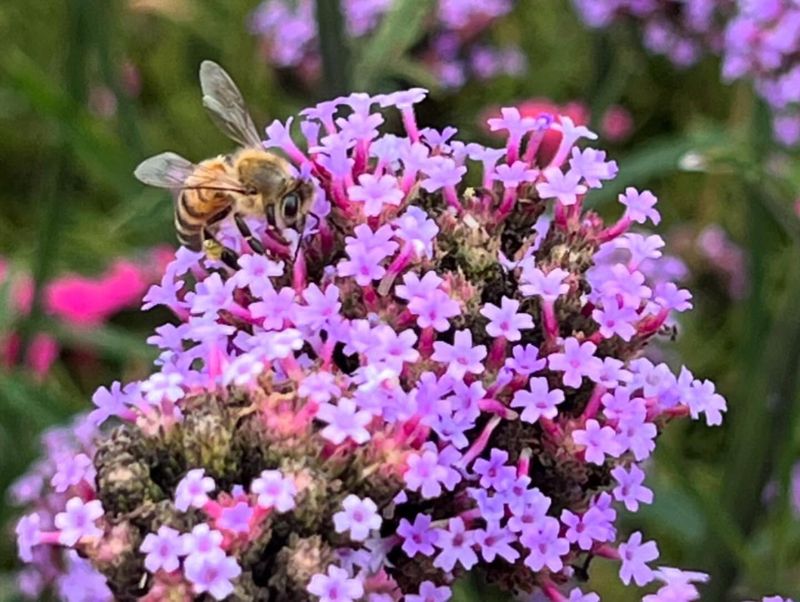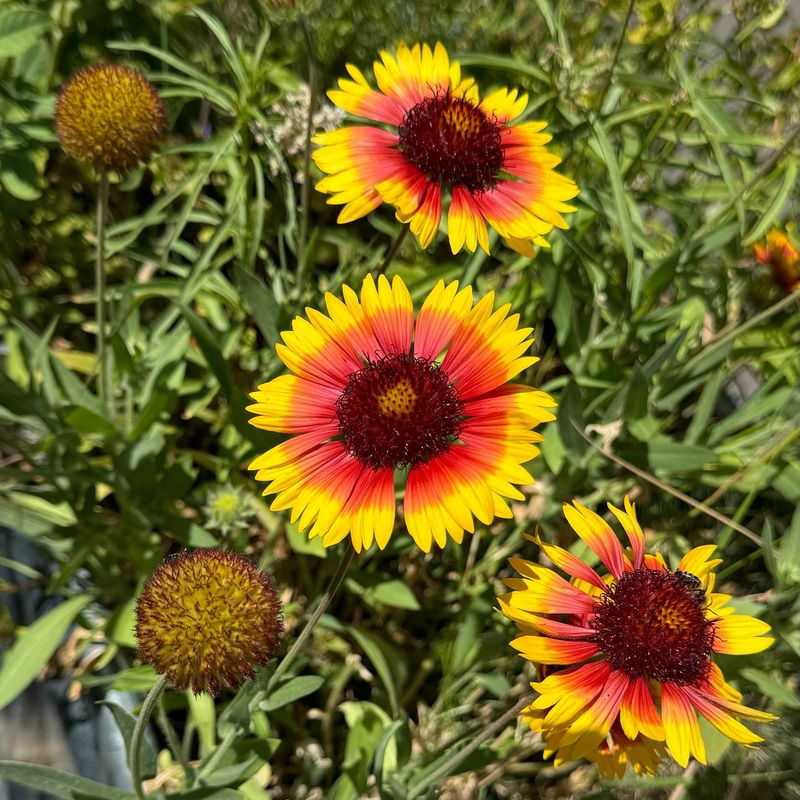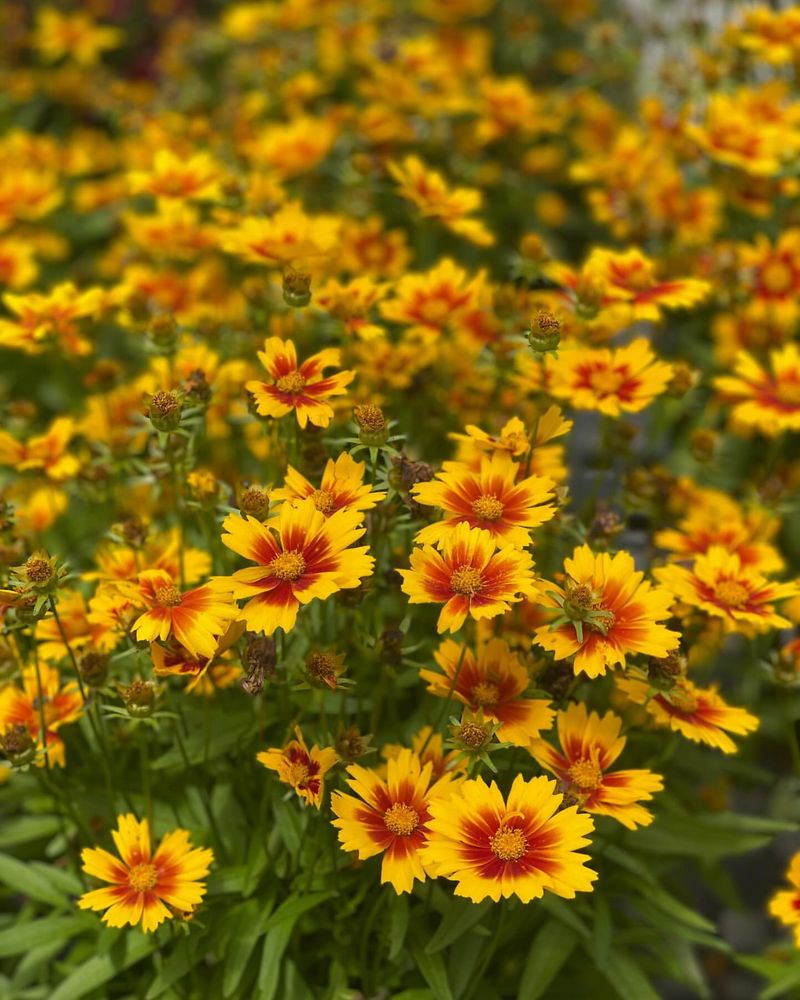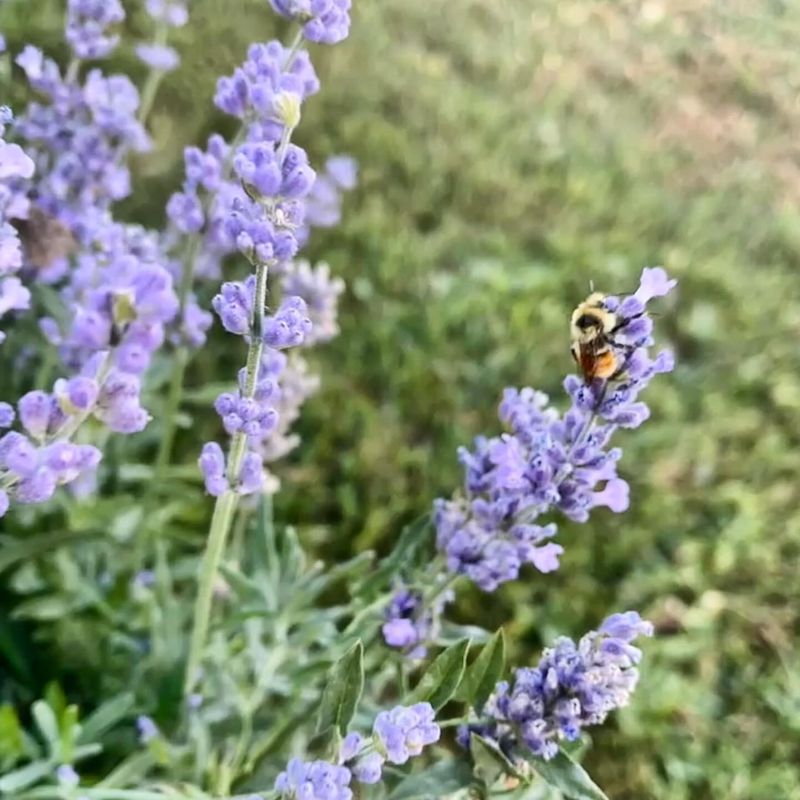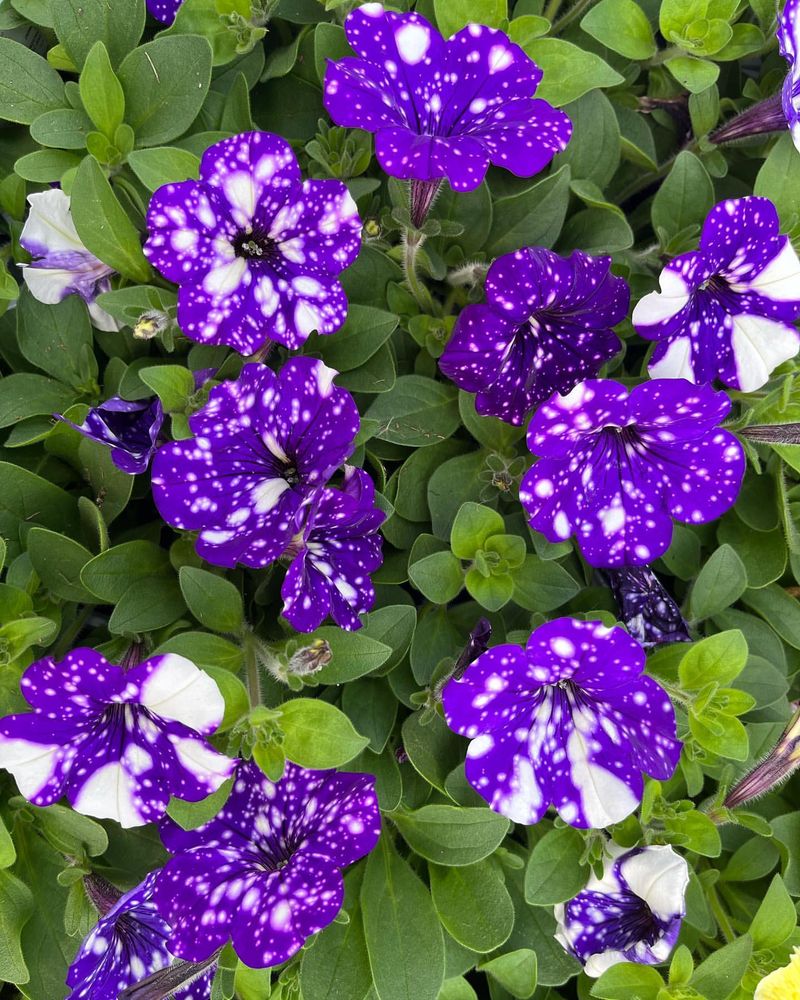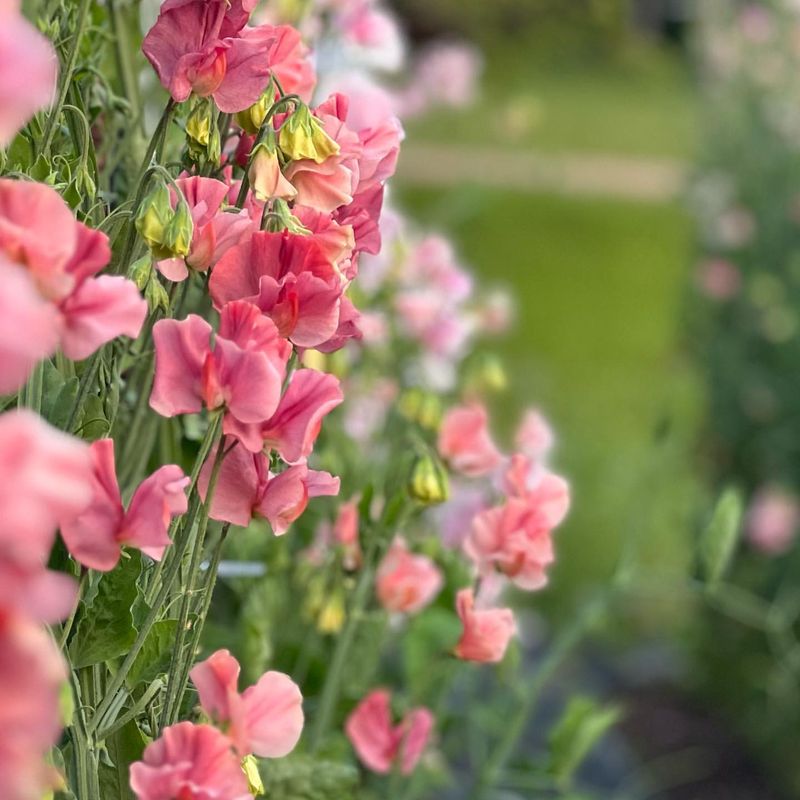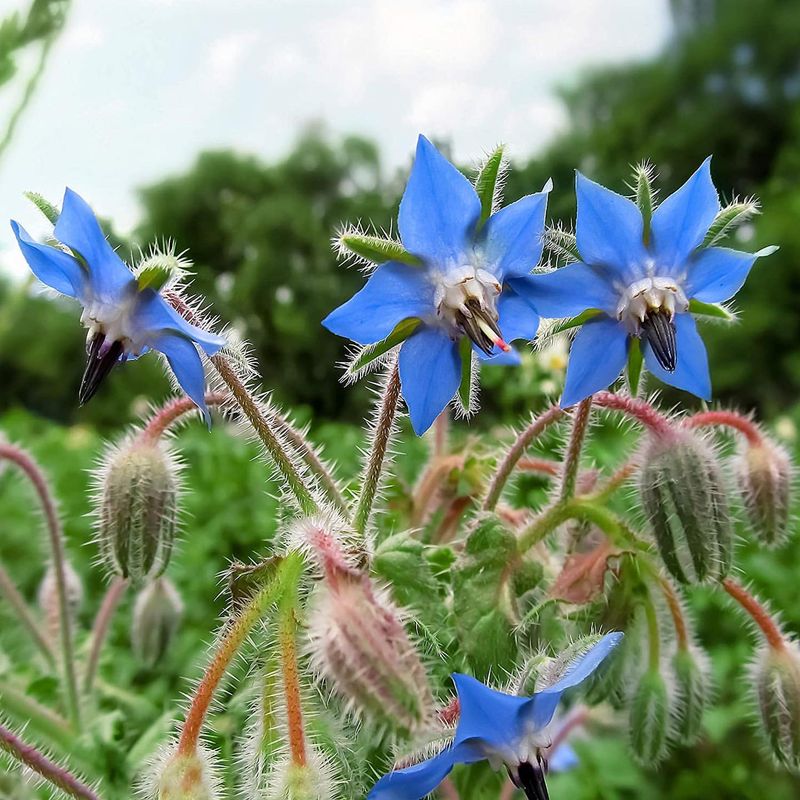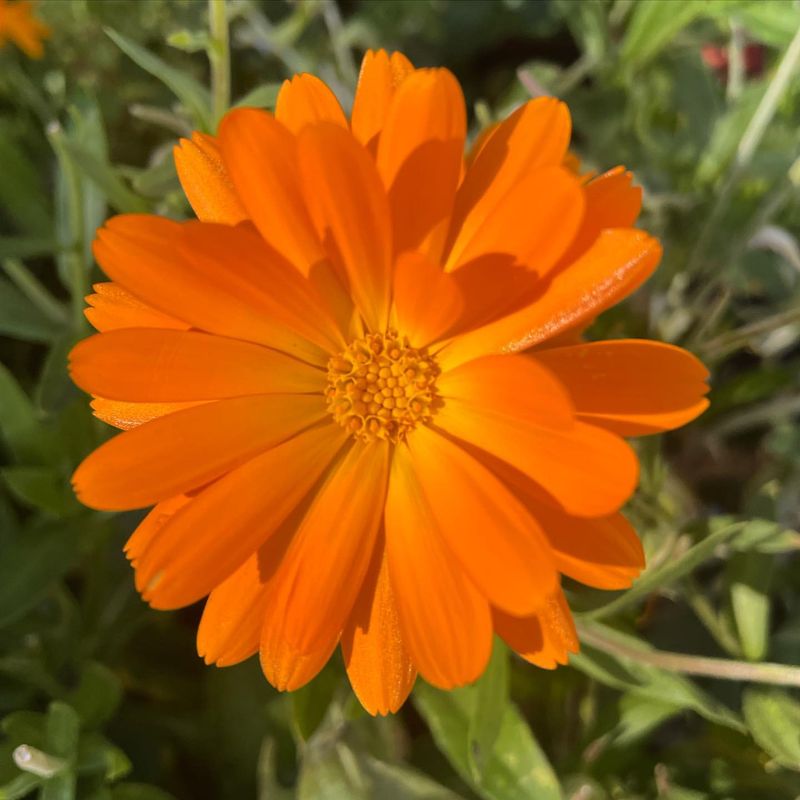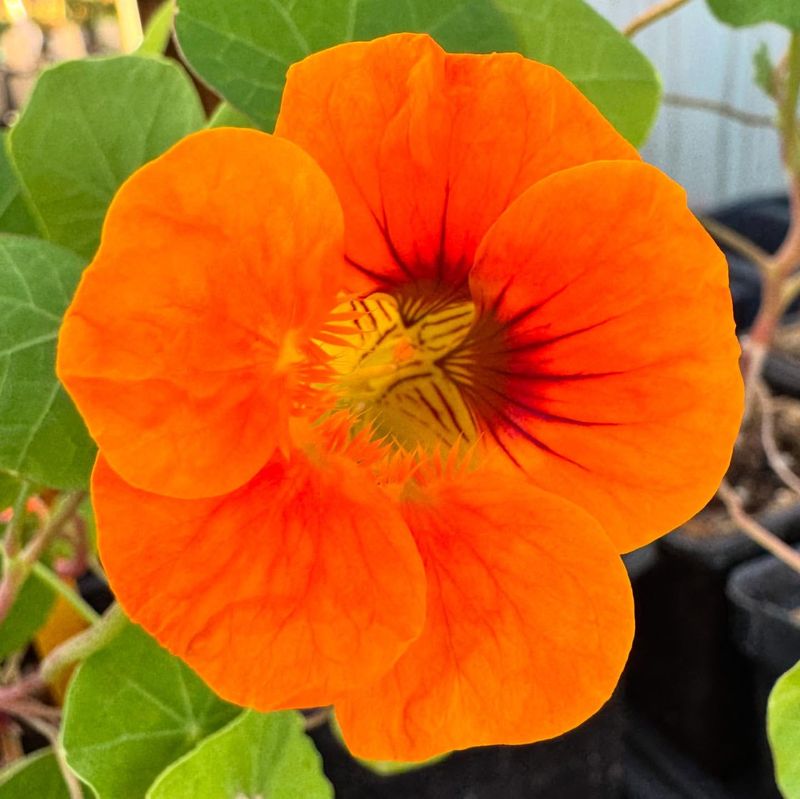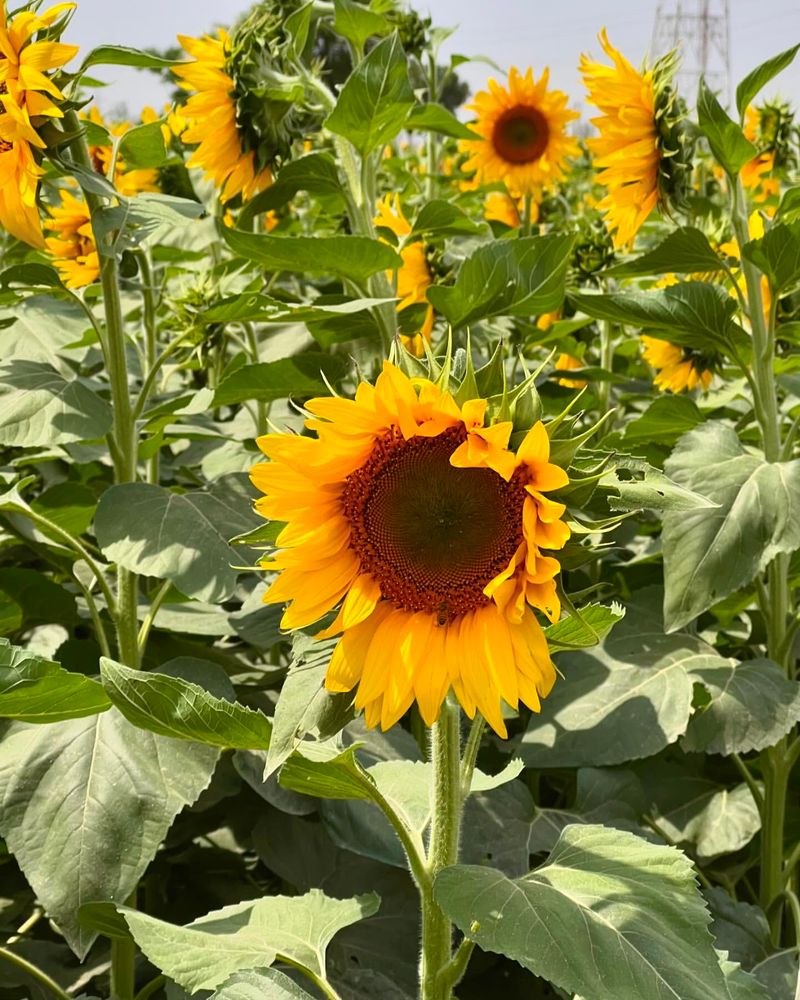If you’re looking to diversify your garden, consider these 33 stunning plants that can be a beautiful alternative to tulips.
Each of these plants brings its own charm and unique beauty to your garden, enriching your landscape with variety and color.
1. Dahlia
A garden brimming with color can find its star in the dazzling dahlia. These blooms, known for their intricate layers and vibrant shades, offer a visual feast. Dahlias thrive in sunny spots and well-drained soil.
Providing them with consistent watering and occasional feeding will keep them flourishing. This plant loves the sun, so make sure to plant them in a sunny spot. Regular watering and feeding will ensure they bloom beautifully throughout the season.
2. Peony
In the realm of romantic blooms, peonies take the crown with their lush, fragrant flowers. These blossoms are a symbol of prosperity and a beloved choice for bouquets. Peonies are happiest in full sun and rich, fertile soil.
Space them well to allow air circulation, reducing the risk of diseases. Regular deadheading will extend their blooming period, allowing you to enjoy their beauty for longer.
3. Ranunculus
A splash of whimsy enters the garden with the arrival of ranunculus flowers. Known for their delicate, rose-like petals, these blooms make a charming addition to any garden.
Plant ranunculus in a sunny, well-drained spot to see them thrive. Regular watering, without waterlogging, will help them bloom profusely. Mulching around the plants can retain moisture and keep the roots cool.
4. Lupin
Tall and regal, lupins can stand as sentinels in your flower beds. Their vibrant spires of flowers bring vertical interest and a burst of color. Lupins prefer sunny locations and sandy, well-drained soils.
To promote bushier growth, pinch back the stems early in the growing season. They benefit from occasional feeding but can thrive in poor soil conditions.
5. Anemone
The enchanting anemone dances with the wind, offering a light, airy presence in any garden. These blooms, with their simple beauty, are perfect for adding elegance to your space. Anemones prefer partial shade and well-drained soil.
Plant them in groups for a naturalized look, and keep the soil consistently moist, especially during dry spells. Regular mulching can help retain soil moisture.
6. Iris
Grace and beauty converge in the iris, a plant that stands out with its sword-like foliage and intricate blooms. With color variations that can capture any gardener’s imagination, irises are a delight to grow.
Choose a sunny site with well-drained soil to plant your iris bulbs. Plant them with the rhizomes slightly exposed to prevent rot. Regular dividing will ensure healthy growth and abundant flowering.
7. Poppy
A touch of wild beauty is brought by poppies, with their delicate petals and bold colors. These flowers, often seen in meadows, add a carefree spirit to any garden.
Poppies thrive in full sun and prefer poor or average soil that is well-drained. Avoid overwatering, as they are drought-tolerant. They can self-seed, providing a continuous display of blooms year after year.
8. Cosmos
A garden full of life and joy finds its match in the charming cosmos. These daisy-like flowers bring a delightful touch to any space, with their free-spirited appearance.
Cosmos prefer full sun and can thrive in poor soil. Deadheading spent blooms will encourage further flowering throughout the season. They require minimal care but reward you with endless beauty.
9. Zinnia
Vibrancy and resilience unite in the zinnia, a flower that can brighten any garden with its rainbow of colors. These hardy plants are perfect for novice gardeners looking for impact.
Zinnias thrive in full sun and well-drained soil. Space them well to promote air circulation and reduce mildew risk. Regular deadheading will prolong their blooming period.
10. Marigold
Bright and cheerful, marigolds are the sunshine of any garden. These flowers are not only beautiful but also known for their pest-repelling properties.
Marigolds prefer full sun and can grow in poor to average soil. Water them regularly, but avoid overwatering to prevent root rot. They require minimal care and can thrive in various conditions.
11. Gladiolus
A garden seeking drama and height will find both in the gladiolus. Known for their tall spikes of blooms, gladiolus flowers are a striking choice for any gardener. Plant them in full sun and well-drained soil, spacing them to allow proper air circulation.
Staking may be necessary to support their height during windy conditions. Regular watering and feeding will encourage strong growth.
12. Snapdragon
Charming and playful, snapdragons bring a burst of color and fun to your garden. These flowers, with their dragon-like blooms, are a favorite among children and adults alike. Snapdragons thrive in full sun and well-drained soil.
Deadheading spent blooms will encourage continuous flowering. They can tolerate light frost, making them perfect for extending the blooming season.
13. Foxglove
A garden whisper of old-world charm is bestowed by the elegant foxglove. These tall, bell-shaped flowers bring vertical interest and a sense of nostalgia.
Foxgloves prefer dappled shade and well-drained soil. Allow them to self-seed for a naturalized look. Caution is advised as they are toxic if ingested.
14. Hydrangea
In the world of voluminous blooms, hydrangeas reign supreme with their majestic flower clusters. These plants offer a lush, full look to any garden. Hydrangeas prefer partial shade and well-drained soil.
Regular pruning will encourage new growth and more blooms. They require consistent moisture but can tolerate some drought.
15. Lilac
Fragrance and nostalgia are embodied in the lilac, a shrub beloved for its aromatic and abundant blooms. These flowers are a springtime favorite, often associated with memories of old gardens.
Lilacs prefer full sun and well-drained soil. Prune them after flowering to encourage growth and maintain shape. They are drought-tolerant once established, requiring minimal care.
16. Chrysanthemum
In the tapestry of autumn blooms, chrysanthemums weave in a rich array of colors and forms. These flowers are synonymous with fall gardens, bringing warmth and vibrancy as the days grow cooler.
Chrysanthemums prefer full sun and well-drained soil. Pinch back stems in early summer for bushier growth. They are frost-tolerant, making them perfect for extending the blooming season.
17. Coneflower
Echinacea, or coneflowers, bring a touch of wild prairie beauty to your garden. These resilient blooms are known for their daisy-like appearance and medicinal properties.
Coneflowers thrive in full sun and well-drained soil. Deadhead spent blooms to encourage further flowering. They are drought-tolerant and attract pollinators, adding life to your garden.
18. Hellebore
Elegance and mystery come together in the hellebore, a flower that blooms even in the chill of late winter. These blooms are a welcome sight, adding color when little else is in flower.
Hellebores prefer partial shade and rich, well-drained soil. Mulching helps retain soil moisture and protect roots. They are deer-resistant, making them perfect for woodland gardens.
19. Bleeding Heart
A touch of romance is brought by the bleeding heart, with its distinctive heart-shaped flowers. These delicate blooms dangle gracefully, adding a whimsical element to shaded gardens.
Bleeding hearts prefer partial to full shade and moist, well-drained soil. Avoid disturbing the roots, as they are sensitive. They are low-maintenance and can naturalize in the right conditions.
20. Aster
A garden in need of late-season color can rely on the charming aster. These daisy-like blooms come alive in the fall, offering a bright display as summer fades.
Asters prefer full sun and well-drained soil. Dividing them every few years will maintain vigor. They attract pollinators, making them excellent choices for wildlife gardens.
21. Columbine
A whimsical addition to any garden, columbines captivate with their unique, spurred flowers. These blooms bring a touch of magic with their delicate nodding heads.
Columbines prefer partial shade and well-drained soil. Allow them to self-seed for a naturalized look. They are short-lived perennials but can reseed themselves in the right conditions.
22. Salvia
Rich in color and form, salvia stands as a favorite among gardeners for its striking flower spikes and aromatic foliage. These plants are a perfect choice for attracting pollinators.
Salvia thrives in full sun and well-drained soil. Prune after flowering to promote bushiness and further blooms. They are drought-tolerant, making them suitable for xeriscaping.
23. Dianthus
A garden benevolent with fragrance and charm will find dianthus to be a delightful addition. These flowers, with their fringed petals and clove-like scent, are beloved by gardeners.
Dianthus prefers full sun and well-drained soil. Deadheading spent blooms will encourage further flowering throughout the season. They are drought-tolerant and can thrive with minimal care.
24. Verbena
A garden in need of a long-lasting splash of color can turn to the vivacious verbena. These flowers are celebrated for their extended blooming period and ability to attract butterflies.
Verbenas prefer full sun and well-drained soil. Regular deadheading will encourage continuous blooms. They are drought-tolerant, making them perfect for xeriscaping.
25. Gaillardia
A touch of the sun’s warmth is captured in the vibrant blooms of gaillardia, also known as blanket flowers. These cheerful flowers bring a bold statement to any garden with their fiery hues.
Gaillardias prefer full sun and well-drained soil. Deadhead spent blooms to encourage further flowering. They are drought-tolerant and thrive in poor soils.
26. Coreopsis
A garden filled with a sunny disposition can welcome the bright blooms of coreopsis. These cheerful flowers provide a continuous display of color throughout the summer.
Coreopsis prefers full sun and well-drained soil. Regular deadheading will prolong the blooming period. They are drought-tolerant, making them ideal for low-maintenance gardens.
27. Lavender
Fragrance and tranquility find their embodiment in the soothing presence of lavender. These aromatic plants offer both beauty and utility, perfect for gardens seeking a touch of the Mediterranean.
Lavender prefers full sun and well-drained, sandy soil. Prune them after flowering to maintain shape and encourage fresh growth. They are drought-tolerant and ideal for rock gardens.
28. Petunia
A splash of vibrant color is easily achieved with the addition of petunias. These blooms, known for their wide range of colors, are a staple in many gardens.
Petunias thrive in full sun and well-drained soil. Regular deadheading will ensure continuous flowering throughout the season. They are perfect for hanging baskets and container gardening.
29. Sweet Pea
A garden in need of a touch of elegance and fragrance can find its answer in sweet peas. These climbing plants bring not only beauty but also a delightful scent to any space.
Sweet peas prefer full sun and rich, well-drained soil. Train them on a trellis for support and regular deadhead to promote more blooms. They are perfect for cut flowers and add charm to any bouquet.
30. Borage
A garden that seeks both beauty and utility will find a friend in the borage plant. These star-shaped blue flowers are not only attractive but also edible. Borage thrives in full sun and well-drained soil.
Once established, they require minimal care and can self-seed. They attract pollinators, making them a great addition to vegetable gardens.
31. Calendula
A touch of sunshine is brought by the calendula, known for its bright, cheerful flowers. These blooms are a staple in medicinal gardens, offering beauty and utility.
Calendulas prefer full sun and well-drained soil. Deadhead regularly to encourage further flowering. They are easy to grow and can thrive in a variety of conditions.
32. Nasturtium
A garden rich in color and culinary delight can celebrate the addition of nasturtiums. These colorful flowers bring not only visual appeal but also edible blooms and leaves.
Nasturtiums thrive in full sun and poor, well-drained soil. Water sparingly to encourage blooms over foliage. They are perfect for container gardening and can cascade beautifully over edges.
33. Sunflower
A garden seeking a bold statement cannot go wrong with the towering sunflower. These majestic blooms capture the essence of summer with their giant yellow faces.
Sunflowers prefer full sun and well-drained soil. Space them well to avoid overcrowding and support them as they grow tall. They are easy to grow and can adapt to various soil types.

